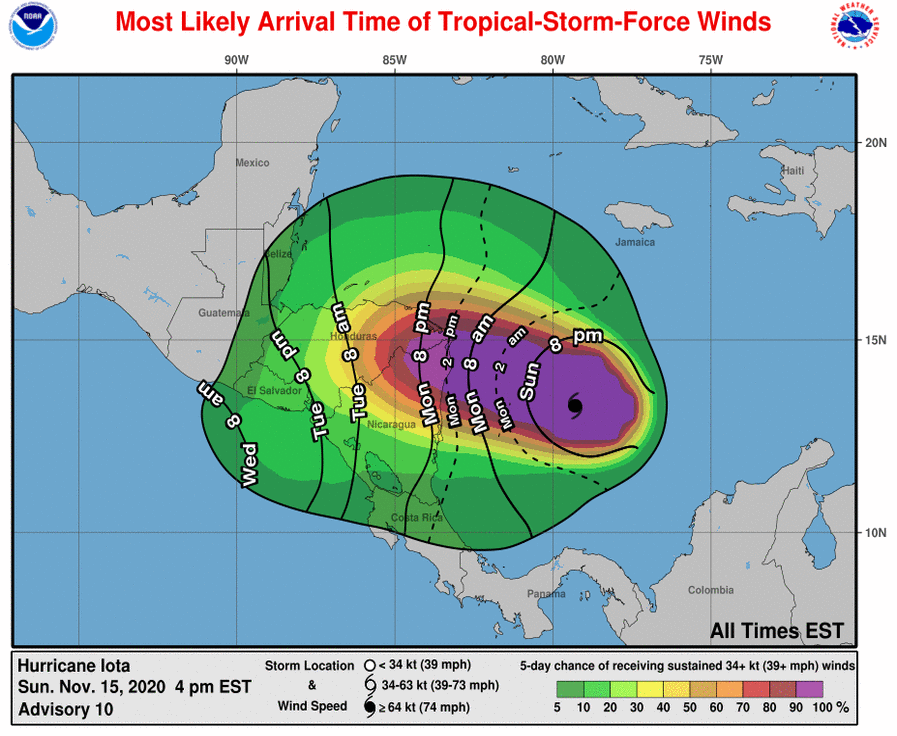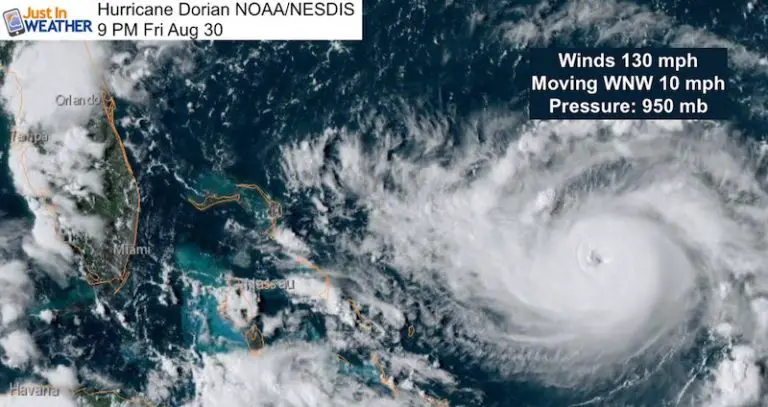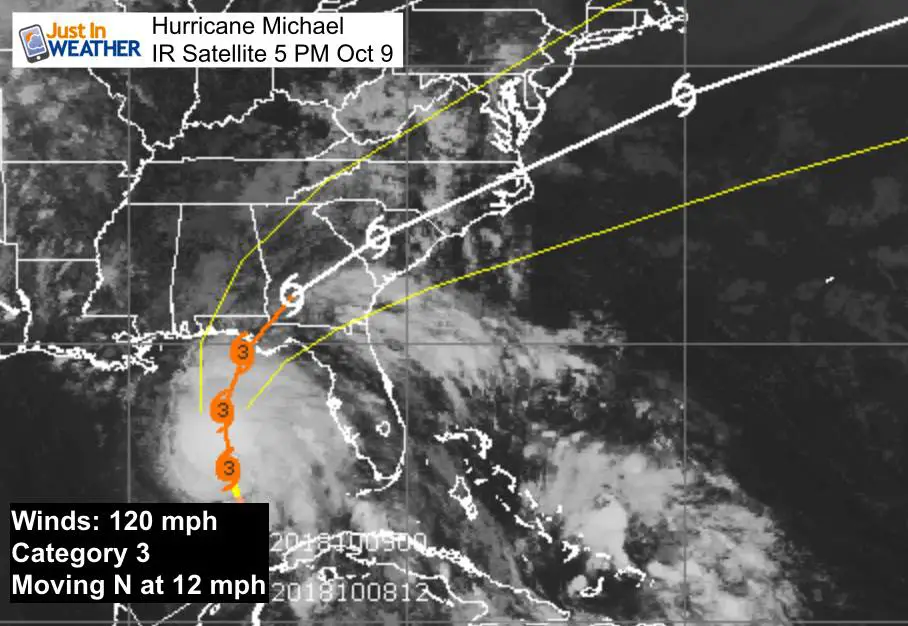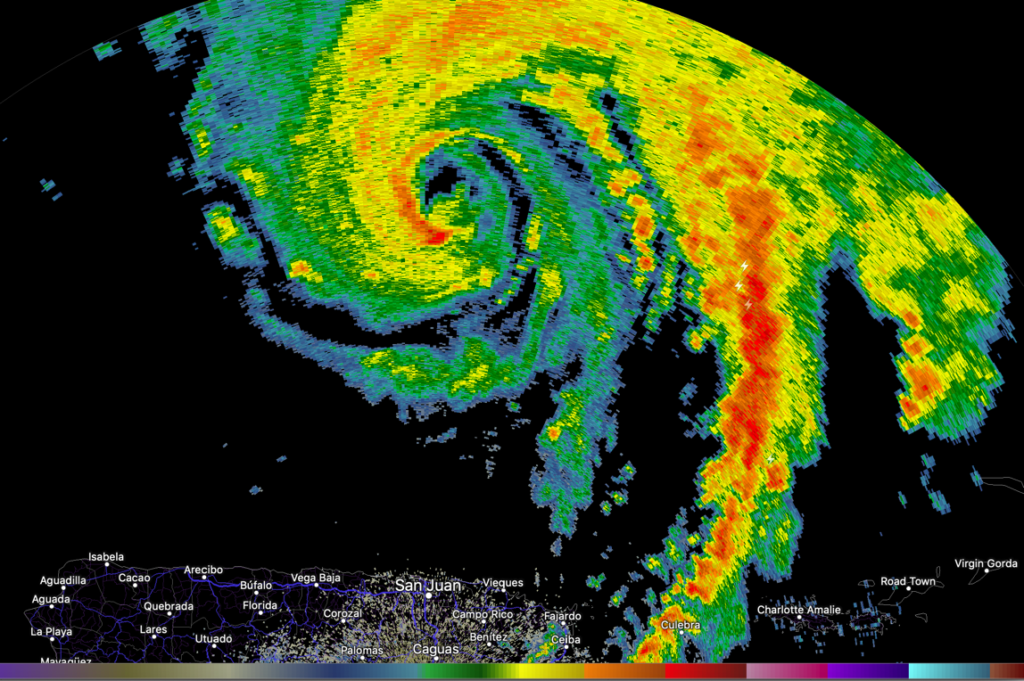Your 9 mph wind in force images are ready. 9 mph wind in force are a topic that is being searched for and liked by netizens now. You can Get the 9 mph wind in force files here. Download all free photos and vectors.
If you’re searching for 9 mph wind in force images information linked to the 9 mph wind in force topic, you have visit the ideal site. Our site frequently gives you suggestions for viewing the highest quality video and picture content, please kindly search and locate more informative video content and images that match your interests.
9 Mph Wind In Force. He developed the scale in 1805 to help sailors estimate the winds via visual observations. A gale is a strong wind, typically used as a descriptor in nautical contexts. Wind (m/s) = 0.5144444 × wind (kts) where: * exposure d represents the most severe exposure in areas with basic wind speeds of 80 miles per hour (mph) (129 km/h) or greater and has terrain that is flat and unobstructed facing large.
![]() Olaf is a powerful Category 4 Hurricane with winds of 135 mph Hawaii 24/7 From hawaii247.com
Olaf is a powerful Category 4 Hurricane with winds of 135 mph Hawaii 24/7 From hawaii247.com
Please note that these are mean speeds, usually averaged over 10 minutes by. Its full name is the beaufort wind force scale. * exposure d represents the most severe exposure in areas with basic wind speeds of 80 miles per hour (mph) (129 km/h) or greater and has terrain that is flat and unobstructed facing large. P = wind pressure (lb/ft2) = ce cq qs. Wind (kts) is the wind speed in knots, wind (mph) is the wind speed in miles per hour, wind (km/h) is the wind speed in kilometers per hour, wind (m/s) is the wind speed in meters per second. Below is a table showing the beaufort scale with speeds in knots, miles per hour and kilometres per hour.
The beaufort scale is an empirical measure that relates wind speed to observed conditions at sea or on land.
A gale is a strong wind, typically used as a descriptor in nautical contexts. Wind (kts) is the wind speed in knots, wind (mph) is the wind speed in miles per hour, wind (km/h) is the wind speed in kilometers per hour, wind (m/s) is the wind speed in meters per second. * exposure d represents the most severe exposure in areas with basic wind speeds of 80 miles per hour (mph) (129 km/h) or greater and has terrain that is flat and unobstructed facing large. Our wind force / side load calculator generates the wind load factor according to ubc 97 formula of force = a x p. Forecasters typically issue gale warnings when winds of this strength are expected. Please note that these are mean speeds, usually averaged over 10 minutes by.
 Source: southfloridareporter.com
Source: southfloridareporter.com
Below is a table showing the beaufort scale with speeds in knots, miles per hour and kilometres per hour. Wind (kts) is the wind speed in knots, wind (mph) is the wind speed in miles per hour, wind (km/h) is the wind speed in kilometers per hour, wind (m/s) is the wind speed in meters per second. Its full name is the beaufort wind force scale. * exposure d represents the most severe exposure in areas with basic wind speeds of 80 miles per hour (mph) (129 km/h) or greater and has terrain that is flat and unobstructed facing large. He developed the scale in 1805 to help sailors estimate the winds via visual observations.
 Source: alabamawx.com
Source: alabamawx.com
Wind (m/s) = 0.5144444 × wind (kts) where: Please note that these are mean speeds, usually averaged over 10 minutes by. The beaufort scale is an empirical measure that relates wind speed to observed conditions at sea or on land. P = wind pressure (lb/ft2) = ce cq qs. Its full name is the beaufort wind force scale.
 Source: justinweather.com
Source: justinweather.com
P = wind pressure (lb/ft2) = ce cq qs. The beaufort scale is an empirical measure that relates wind speed to observed conditions at sea or on land. A gale is a strong wind, typically used as a descriptor in nautical contexts. He developed the scale in 1805 to help sailors estimate the winds via visual observations. Its full name is the beaufort wind force scale.
 Source: patch.com
Source: patch.com
Wind (m/s) = 0.5144444 × wind (kts) where: Forecasters typically issue gale warnings when winds of this strength are expected. He developed the scale in 1805 to help sailors estimate the winds via visual observations. P = wind pressure (lb/ft2) = ce cq qs. Our wind force / side load calculator generates the wind load factor according to ubc 97 formula of force = a x p.
 Source: justinweather.com
Source: justinweather.com
P = wind pressure (lb/ft2) = ce cq qs. Its full name is the beaufort wind force scale. Please note that these are mean speeds, usually averaged over 10 minutes by. Below is a table showing the beaufort scale with speeds in knots, miles per hour and kilometres per hour. The beaufort scale is an empirical measure that relates wind speed to observed conditions at sea or on land.
 Source: wwno.org
Source: wwno.org
Wind (m/s) = 0.5144444 × wind (kts) where: Please note that these are mean speeds, usually averaged over 10 minutes by. He developed the scale in 1805 to help sailors estimate the winds via visual observations. The beaufort scale is an empirical measure that relates wind speed to observed conditions at sea or on land. Wind (kts) is the wind speed in knots, wind (mph) is the wind speed in miles per hour, wind (km/h) is the wind speed in kilometers per hour, wind (m/s) is the wind speed in meters per second.
 Source: wpri.com
Source: wpri.com
Our wind force / side load calculator generates the wind load factor according to ubc 97 formula of force = a x p. P = wind pressure (lb/ft2) = ce cq qs. Forecasters typically issue gale warnings when winds of this strength are expected. Wind (kts) is the wind speed in knots, wind (mph) is the wind speed in miles per hour, wind (km/h) is the wind speed in kilometers per hour, wind (m/s) is the wind speed in meters per second. Below is a table showing the beaufort scale with speeds in knots, miles per hour and kilometres per hour.
 Source: theexaminer.com
Source: theexaminer.com
- exposure d represents the most severe exposure in areas with basic wind speeds of 80 miles per hour (mph) (129 km/h) or greater and has terrain that is flat and unobstructed facing large. The beaufort scale is an empirical measure that relates wind speed to observed conditions at sea or on land. P = wind pressure (lb/ft2) = ce cq qs. Please note that these are mean speeds, usually averaged over 10 minutes by. * exposure d represents the most severe exposure in areas with basic wind speeds of 80 miles per hour (mph) (129 km/h) or greater and has terrain that is flat and unobstructed facing large.
 Source: meteorologistjoecioffi.com
Source: meteorologistjoecioffi.com
A gale is a strong wind, typically used as a descriptor in nautical contexts. Our wind force / side load calculator generates the wind load factor according to ubc 97 formula of force = a x p. A gale is a strong wind, typically used as a descriptor in nautical contexts. Wind (kts) is the wind speed in knots, wind (mph) is the wind speed in miles per hour, wind (km/h) is the wind speed in kilometers per hour, wind (m/s) is the wind speed in meters per second. P = wind pressure (lb/ft2) = ce cq qs.
 Source: nydailynews.com
Source: nydailynews.com
Please note that these are mean speeds, usually averaged over 10 minutes by. * exposure d represents the most severe exposure in areas with basic wind speeds of 80 miles per hour (mph) (129 km/h) or greater and has terrain that is flat and unobstructed facing large. Please note that these are mean speeds, usually averaged over 10 minutes by. Our wind force / side load calculator generates the wind load factor according to ubc 97 formula of force = a x p. Wind (m/s) = 0.5144444 × wind (kts) where:
 Source: nj1015.com
Source: nj1015.com
Forecasters typically issue gale warnings when winds of this strength are expected. Please note that these are mean speeds, usually averaged over 10 minutes by. Wind (kts) is the wind speed in knots, wind (mph) is the wind speed in miles per hour, wind (km/h) is the wind speed in kilometers per hour, wind (m/s) is the wind speed in meters per second. Our wind force / side load calculator generates the wind load factor according to ubc 97 formula of force = a x p. * exposure d represents the most severe exposure in areas with basic wind speeds of 80 miles per hour (mph) (129 km/h) or greater and has terrain that is flat and unobstructed facing large.
 Source: hawaii247.com
Source: hawaii247.com
- exposure d represents the most severe exposure in areas with basic wind speeds of 80 miles per hour (mph) (129 km/h) or greater and has terrain that is flat and unobstructed facing large. A gale is a strong wind, typically used as a descriptor in nautical contexts. Below is a table showing the beaufort scale with speeds in knots, miles per hour and kilometres per hour. Wind (kts) is the wind speed in knots, wind (mph) is the wind speed in miles per hour, wind (km/h) is the wind speed in kilometers per hour, wind (m/s) is the wind speed in meters per second. Wind (m/s) = 0.5144444 × wind (kts) where:
![]() Source: hawaii247.com
Source: hawaii247.com
The beaufort scale is an empirical measure that relates wind speed to observed conditions at sea or on land. Its full name is the beaufort wind force scale. * exposure d represents the most severe exposure in areas with basic wind speeds of 80 miles per hour (mph) (129 km/h) or greater and has terrain that is flat and unobstructed facing large. Please note that these are mean speeds, usually averaged over 10 minutes by. He developed the scale in 1805 to help sailors estimate the winds via visual observations.
 Source: southfloridareporter.com
Source: southfloridareporter.com
Please note that these are mean speeds, usually averaged over 10 minutes by. Its full name is the beaufort wind force scale. Our wind force / side load calculator generates the wind load factor according to ubc 97 formula of force = a x p. He developed the scale in 1805 to help sailors estimate the winds via visual observations. P = wind pressure (lb/ft2) = ce cq qs.
 Source: wbur.org
Source: wbur.org
P = wind pressure (lb/ft2) = ce cq qs. Please note that these are mean speeds, usually averaged over 10 minutes by. He developed the scale in 1805 to help sailors estimate the winds via visual observations. P = wind pressure (lb/ft2) = ce cq qs. Our wind force / side load calculator generates the wind load factor according to ubc 97 formula of force = a x p.
 Source: katc.com
Source: katc.com
Please note that these are mean speeds, usually averaged over 10 minutes by. He developed the scale in 1805 to help sailors estimate the winds via visual observations. Our wind force / side load calculator generates the wind load factor according to ubc 97 formula of force = a x p. * exposure d represents the most severe exposure in areas with basic wind speeds of 80 miles per hour (mph) (129 km/h) or greater and has terrain that is flat and unobstructed facing large. Wind (m/s) = 0.5144444 × wind (kts) where:
 Source: alabamawx.com
Source: alabamawx.com
Wind (kts) is the wind speed in knots, wind (mph) is the wind speed in miles per hour, wind (km/h) is the wind speed in kilometers per hour, wind (m/s) is the wind speed in meters per second. Its full name is the beaufort wind force scale. Forecasters typically issue gale warnings when winds of this strength are expected. Wind (m/s) = 0.5144444 × wind (kts) where: * exposure d represents the most severe exposure in areas with basic wind speeds of 80 miles per hour (mph) (129 km/h) or greater and has terrain that is flat and unobstructed facing large.
 Source: kplctv.com
Source: kplctv.com
Wind (m/s) = 0.5144444 × wind (kts) where: Its full name is the beaufort wind force scale. A gale is a strong wind, typically used as a descriptor in nautical contexts. Below is a table showing the beaufort scale with speeds in knots, miles per hour and kilometres per hour. Our wind force / side load calculator generates the wind load factor according to ubc 97 formula of force = a x p.
This site is an open community for users to do sharing their favorite wallpapers on the internet, all images or pictures in this website are for personal wallpaper use only, it is stricly prohibited to use this wallpaper for commercial purposes, if you are the author and find this image is shared without your permission, please kindly raise a DMCA report to Us.
If you find this site serviceableness, please support us by sharing this posts to your own social media accounts like Facebook, Instagram and so on or you can also bookmark this blog page with the title 9 mph wind in force by using Ctrl + D for devices a laptop with a Windows operating system or Command + D for laptops with an Apple operating system. If you use a smartphone, you can also use the drawer menu of the browser you are using. Whether it’s a Windows, Mac, iOS or Android operating system, you will still be able to bookmark this website.





